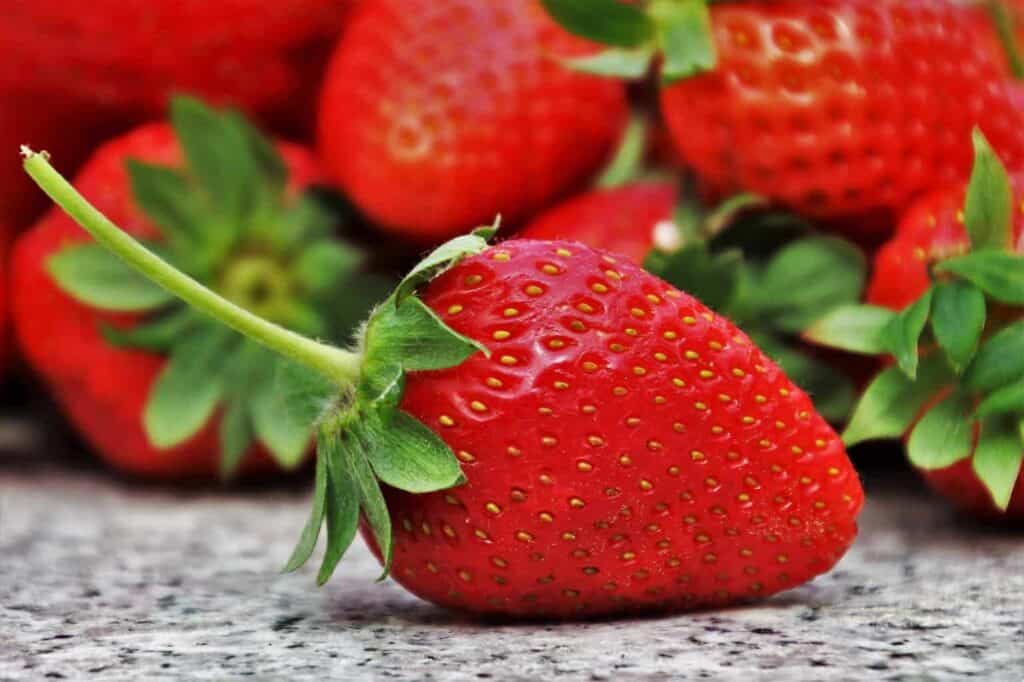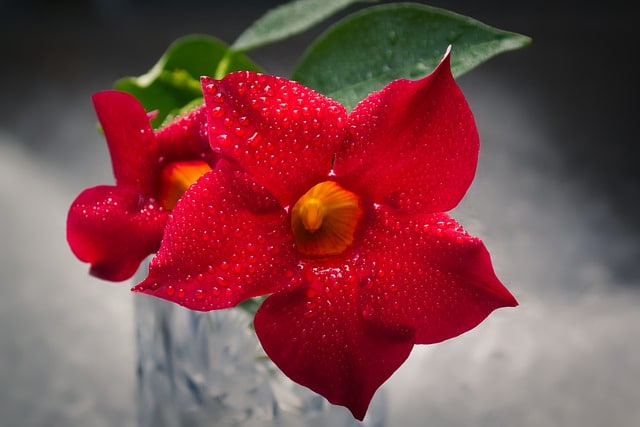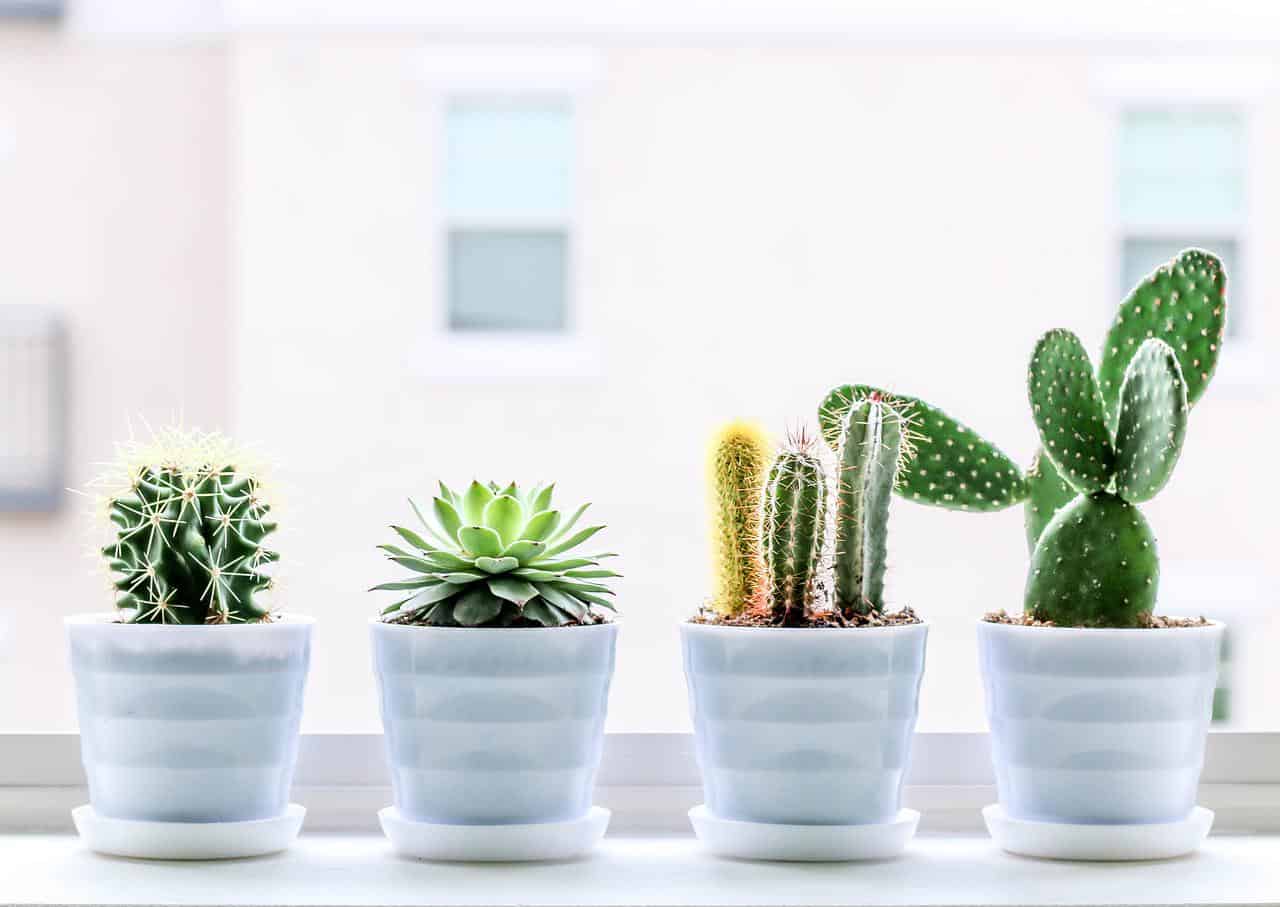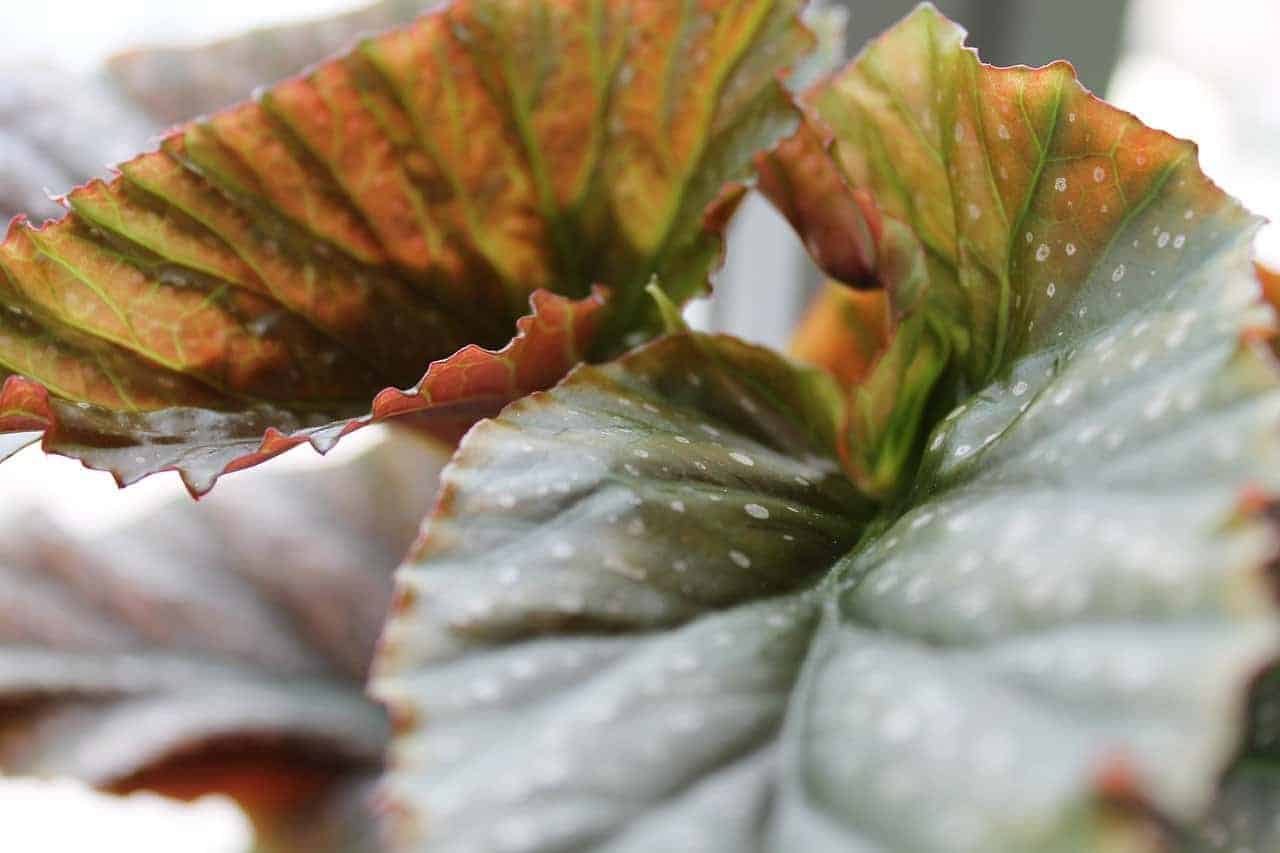Table of Content
How to Grow Strawberries at Home
Homegrown strawberries are fresh, taste much better than supermarket strawberries, and could save you some significant cash. In addition, you can grow and enjoy fresh strawberries at home in simple steps.
As these fruits flourish on hot, pleasant days, March or April is the ideal time for your strawberry plants. Caring for sweet berries is simple if you have a basket of gardening supplies and a sunny outdoor area ready to raise them.
Amazingly simple to grow, strawberry plants have a convenient and fast-growing pattern. Therefore, they can be raised almost everywhere – in ceramic pots, plastic containers, or hanging baskets. Vitamin C-rich fruit is also filled with flavonoids, antioxidants, and phytonutrients with many health benefits.[1]
This post is a complete guide on how to grow strawberries at home. Follow the easy steps and get fresh, juicy strawberries from your backyard.
1- Select the correct type of strawberries
Choose ever-bearing strawberries if you want a longer growing season. Perennial strawberries can be harvested during the growing season. Typically, strawberries can be harvested once in early summer and then again in early autumn.
While these berries are not of excellent quality as day-neutral strawberries, they can be the right choice if you want to pick strawberries more than once.
I prefer June-bearing strawberries if you’d like a summer harvest. However, June-bearing strawberries can carry many fruits quickly, so they should not be selected for a long-term garden.
Depending on planting time, June-bearing crops can be harvested from mid-June to early July. They bear the most berries, even though they don’t flower for a long time.
Select day-neutral strawberries for a regular yield. Day-neutral strawberries are a healthy alternative to ever-growing strawberries, as they often bear fruit during the growing season. Day-neutral strawberries will typically be harvested in June, mid-July, and late August.
Choose alpine strawberries if you want to grow smaller plants. Alpine strawberries may enable the planting process to be a little simpler since their plants are usually smaller than other strawberry types.
Strawberry plants grow from ‘runners’ that can be bought from garden centers. It’s wise to purchase the runners only before you plan to plant them in the field or the pot. Leaving them in their store-bought containers for too long may lead them to become root-bound and unhealthful, restricting them from developing well when replanted.
Great strawberries to grow
Here is the list of some great strawberries that you can grow to get good quality fruits:
Summer-cropping strawberries[1]
- Elsanta – a heavy crop with big, tasty, red fruits.
- Elvira – a healthy crop with good resistance to diseases.
- Hapil – a crop with big glossy fruits, even in a drought environment.
- Honeoye – a productive fruit crop with big firm berries.
- Pegasus – a crop with soft, juicy berries of the highest quality.
- Symphony – a crop with good production and moderate pest resistance.
Everbearing strawberries[2]
- Aromela – plentiful dark red, tasty berries
- Christine – sweet strawberries that ripen at the end of May.
- Mara des Bois – big, delightfully aromatic fruit.
2- Decide where to grow strawberries
As described above, strawberries can be raised in a pot on your balcony, terrace, or a small garden. If your horizontal space is small, try growing fruits in a hanging basket or stacked planter—this can allow you to take advantage of the vertically growing area.
Remember that a sunny spot outside your home is ideal for growing strawberries, although you can get a slightly lower yield with less than half a day of bright sunlight. Also, avoid windy sites that hinder pollinating insects from accessing the flowers.
For more shady spots, consider planting alpine strawberries that require more consideration and time but yield just as delicious fruit.
3- Prepare soil for strawberries
Strawberries love rich, loamy soils that drain correctly.[1] Begin with what you’ve got and add a lot of organic material (such as manure, shredded bark, or dried leaves) and even some sand or grit. Most potting soil mixtures sold at nurseries will be appropriate. Confirm that the soil is free from weed roots and has drainage holes in the bottom.
When growing in a hanging basket, line the basket with sphagnum moss before adding the soil to keep the plants moist. Sphagnum moss will also cause the plant to grow on the container’s sides, which looks reasonable.
4- Plant them right
Set the plants in the soil, guaranteeing that each crown (where the leaves emerge) stays just above the soil and is positioned 10-12 inches apart – closer than they will be in the land, making it easier to water them.
Firm the plants in and water to balance the soil around the roots—mulch after planting to minimize water loss through evaporation and provide nutrition for advantageous soil microorganisms. Runners may appear very bad with limited top growth and sometimes less-than-plump roots. However, this is natural, so don’t worry!
Although potted strawberries can be grown at any time of year, it is better to grow them in the spring.
5- Super easy maintenance
To promote flowering, feed on all-natural organic fertilizers (a weekly handful dose of discarded coffee grounds will help immensely) and water regularly. But don’t overdo the irrigation—the shallow roots require water in warm temperatures but don’t like getting soggy. You’ll shortly see tiny green strawberries, which indicates that the fruit has been set
Strawberries bloom and fruit in the cool months from October to February. Therefore, you must take great care of your plants in the summer. Otherwise, your plants won’t be able to bear good quality fruits.
Please note that strawberry plants will continue to be productive for at least 2-3 years but will be replaced afterward. To renovate June-bearing plants for the next year, cut off their dead leaves, ensuring that the plant’s central core is not harmed. Ever-bearers don’t need this cutting.
Tuck some straw underneath the fruit to keep it clean and dry and avoid slugs and snails. The watery fruit rots very quickly.
6- Harvesting and storing strawberries
Pick fruits when they’re bright red all over, preferably during the warmest part of the day because that’s when they’re the most delicious. Eat them as soon as possible, or make them into tasty desserts.
However, cut back the foliage after fruiting, leaving only the central, young leaves untouched. Runners should be eliminated to ensure that plants return to bulk—the more runners a single mother plant has, the more nutrition will waste out from the mother plant.
Since strawberries are perishable, it’s better to eat them straight from the vine, preferably warm from the sun. You can store unwashed fruit in the refrigerator for a few days. If you’re fortunate enough to have a surplus, hurry it into delightful smoothies or use it to make jam. Some of the varieties are ideal for freezing.
Why should you start growing strawberries?
For a good reason, Strawberries are the most common small fruit cultivated in the home gardens. Few things bring back summer memories, from sinking teeth to delicious and nutritious strawberries. So why don’t you have these sweet fruits thriving in your yard? They can be grown in all the temperate regions of the world.
Strawberries are suitable for growing and fit within minor space restrictions or fill large garden plots. Producing strawberries does not need any special tools. They can also be grown in a jar or pot on a deck, porch, patio, or balcony.
One of the most significant advantages of growing strawberries is their perennial nature. You will reap the benefits of your efforts for a few years after first cultivating strawberries with little effort after the first growing year. It is not rare for each strawberry plant to create a whole quart of fruits with adequate care. Approximately twenty-five strawberry plants are required to provide a typical family with delightful strawberries.
Possibly an even more significant factor why you should start raising strawberries in your backyard is what you always buy along with strawberries in supermarkets. You’re buying pesticides. Commercial strawberries consistently rank very poorly on the list of most polluted goods. This rank earns them a place in the notorious “Dirty Dozen” club. Also, after washing, strawberries have leftover pesticides on or in them. Growing strawberries in your garden help you to know about what you’re consuming.




